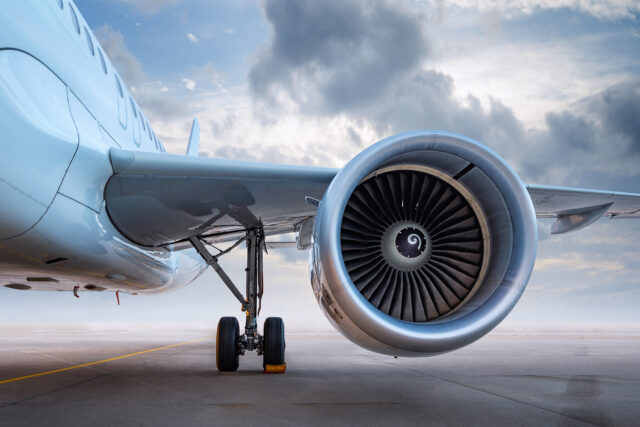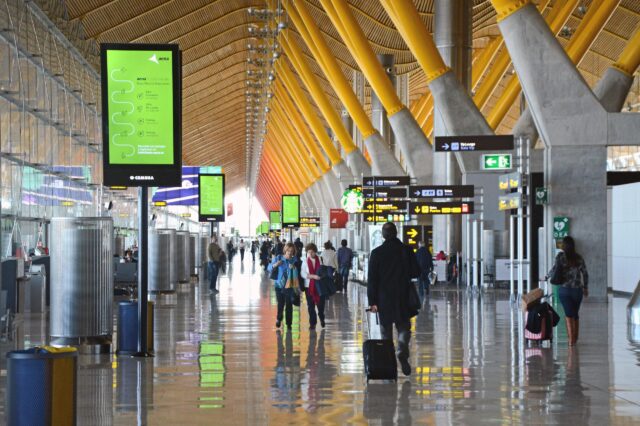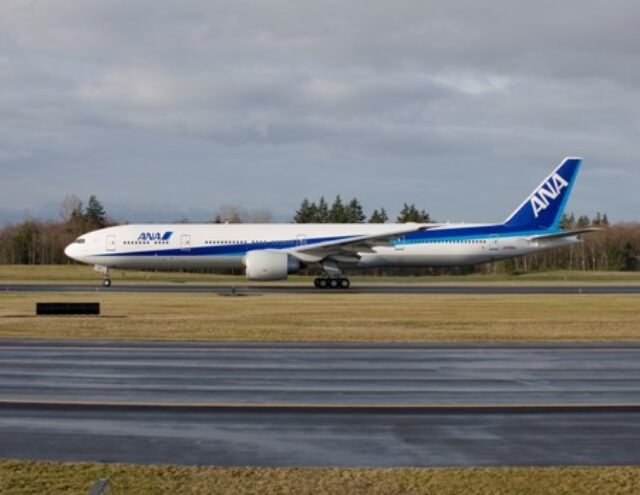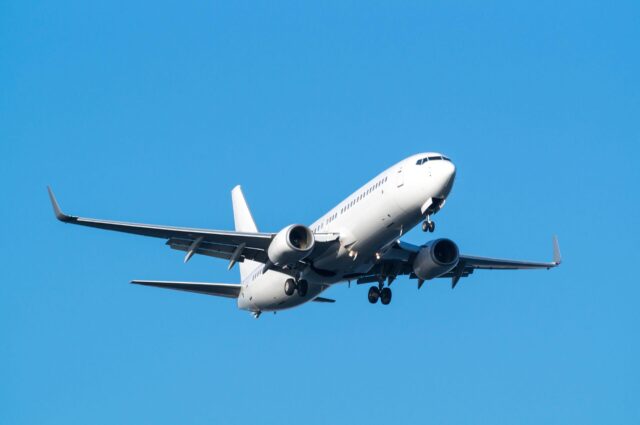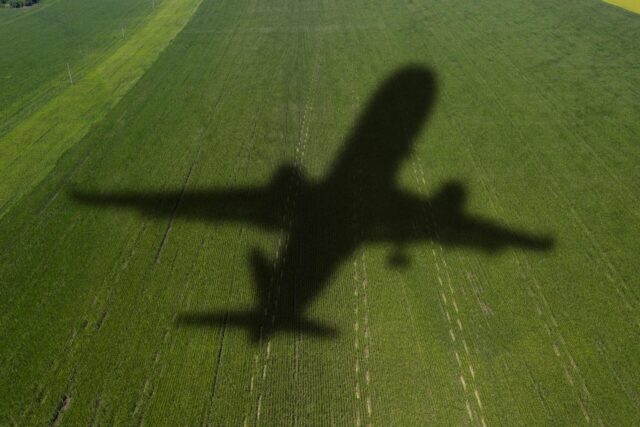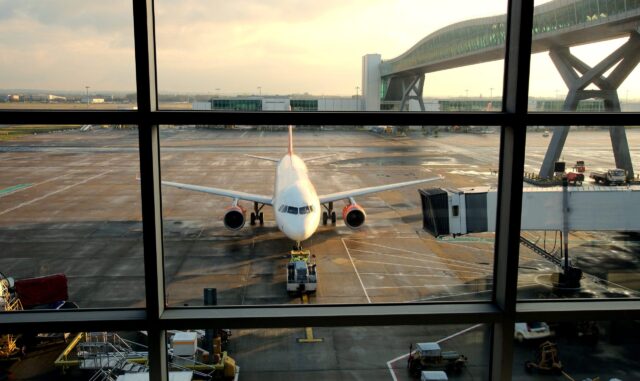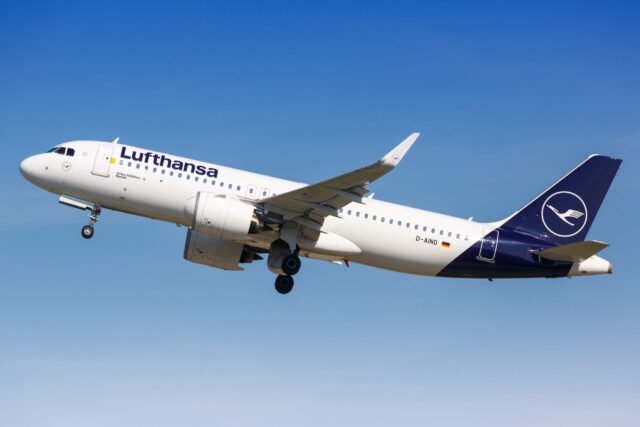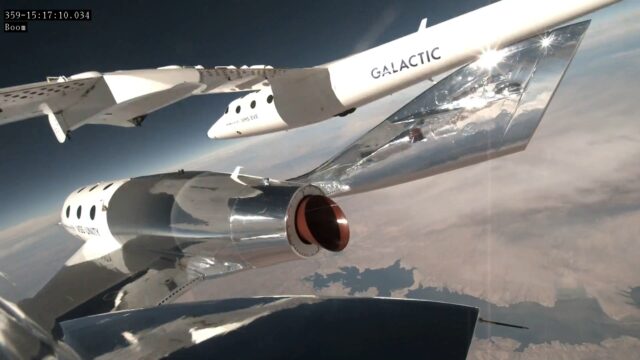Aviano-based F-16s deploy to Lakenheath to practice Integrated Air Missile Defense
April 15, 2025

The 555th Fighter Squadron deployed to Lakenheath for a live-fire Weapons System Evaluation Program (WSEP) from 8 April 2025. An air-to-air Weapons System Evaluation Program (WSEP) exercise is intended “to assess and enhance operational fighter squadrons’ readiness for combat operations,“ delivering an end-to-end assessment of the kill chain from the moment the weapon leaves its transport crate to the moment it impacts on target, and all in a realistic combat environment. A WSEP provides pilots and crews with real word experience of handling and launching live weapons, and allows an evaluation of tactics, techniques and procedures (TTPs) and weapons performance against realistic targets in operationally relevant scenarios. New tactics can be validated and examined, in the safety of a training environment, to ensure they are ready to be introduced in combat missions.

General James B. Hecker, USAFE-AFAFRICA commander noted that: “By simulating real-world engagements, Combat Archer ensures aircrews and maintenance personnel are prepared for actual combat scenarios. This approach enables a full evaluation of the weapon system from start to finish. It will look at how we store and move weapons. How our munitions professionals build and load them on aircraft. How the jet and its systems perform. How the pilots adhere to procedures.”
Combat Archer/WSEP exercises are usually hosted at Tyndall AFB, Florida, or Hill AFB, Utah, which have the required telemetry systems to record all of the data relating to the behaviour of the weapons in flight. The use of Lakenheath saved millions of dollars compared to a Transatlantic deployment to Tyndall AFB. Deploying the F-16s from Italy to the US would have required a significant amount of fuel and the commitment of numerous tanker and support aircraft, which the Air Force said could have been cost prohibitive. General Hecker said that: “Holding the exercise in the European area of responsibility provides significant strategic advantages, reducing the need for transatlantic aircraft movements and resulting in substantial cost savings.”
The latest Combat Archer UK exercise assessed the use of the AGR-20 FALCO and AIM-9M Sidewinder against one-way attack drones. The AGR-20, also known as APKWS II, has been used in the air-to-air role against Houthi drones and cruise missiles over the Red Sea since 2024, most notably by F-16Cs of the 510th FS ‘Buzzards’, deployed to the CENTCOM (Central Command) AOR (Area of Responsibility), which became the first unit to use the AGR-20 in combat in the air-to-air role.
The AGR-20 APKWS II is a conversion of the basic Hydra 70 unguided rocket, with a new Distributed Aperture Semi-Active Laser Seeker (DASALS) guidance kit and four foldable wings, turning it into a relatively low-cost (US $33,000) precision-guided munition (PGM). Initially used in the air-to-ground role, the APKWS II was tested in the air-to-air role by the 85th Test and Evaluation Squadron (TES) from 19 December 2019.
The Fixed Wing, Air Launched, Counter-Unmanned Aircraft Systems Ordnance (FALCO) upgrade programme included software upgrades and improved the weapon’s lethality and counter-UAS capabilities, and BAE Systems has developed a new infrared seeker for the APKWS II, which turns the weapon into a dual-mode weapon with infra red and laser guidance. It has enabled a significant improvement in US Air Force counter-UAS capabilities.
As well as inert AGR-20s, the F-16s employed the NATM-9M (a Special Air Training Missile variant of the AIM-9M Sidewinder with an inert warhead, and a live rocket motor).
On Combat Archer UK, the F-16s used the MOD Aberporth range in Cardigan Bay for its live-fire activities, employing weapons against “threat-representative unmanned systems,” probably Mirach 100-5 drones operated by QinetiQ.
The aircraft transited via Low Flying Area 17 in the Lake District, allowing them to practice low flying on their way back to Lakenheath.



